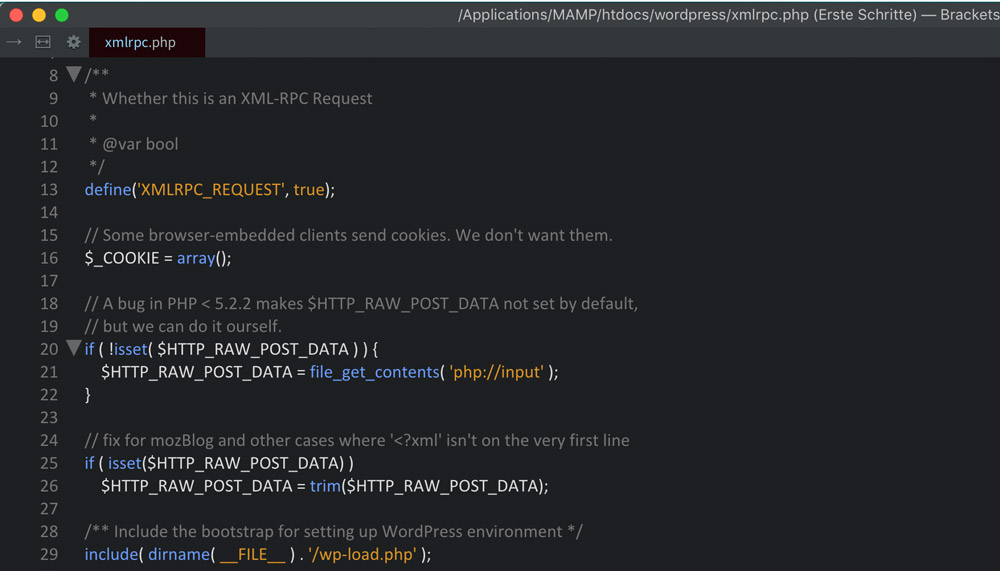

- Xml rpc client google how to#
- Xml rpc client google software#
- Xml rpc client google code#
- Xml rpc client google free#
If you’re on a primitive operating system that lacks a functional command line, or simply wish to see how to perform an remote call from PHP, here is a sample PHP XML-RPC client which you can use and modify for your own purposes: An Example PHP ClientĪt this point you should have XML-RPC enabled on your WordPress installed, an xmlrpc-client user created, and hopefully have tested your connection from the command line. If everything is working correctly you should get a response similar to the example one from above in the What is XML-RPC? section. You can perform a test call from the command line using cURL: If you’ve been following along you should now be able to perform a test XML-RPC call against your target WordPress installation. Next, although optional, it’s a good practice to add an XML-RPC specific user, with a Role of “Contributor”: To enable it: go to Settings > Writing > Remote Publishing, and check the box next to XML-RPC: XML-RPC is disabled in WordPress by default. This means that you can write a client without worrying about composing and decoding the XML transport strings, you can pass plain old PHP datatypes to the remote procedure, and receive plain old PHP datatypes in response. XML-RPC is well supported by PHP, which provides the “experimental” xmlrpc_encode_request() and xmlrpc_decode() methods which will generate the request XML, and parse the response XML into PHP datatypes, respectively. All the standard datatypes can be represented, including boolean, integer, double and struct (associative-array), among others. This example demonstrates an array containing string values. Lets take a look at a sample request/response:Īs shown by the above examples, constructing an XML-RPC request is quite simple, and the protocol defines a number of standard datatypes which can be returned. An XML-RPC client can be written in virtually any programming language, making it a very flexible choice for an API implementation. It’s an ideal way to programmatically interact with WordPress as XML-RPC is supported in the WordPress core. XML-RPC provides a means of remotely calling methods on a target system, and is simpler to understand and implement in general than SOAP.

XML-RPC is a remote procedure call (RPC) protocol which uses XML to encode its calls and HTTP as a transport mechanism.
Xml rpc client google free#
I assume a relative unfamiliarity with XML-RPC in general, WordPress XML-RPC, and spend time first covering the basics, if you want to skip straight to the section on extending the WordPress XML-RPC API, feel free to.
Xml rpc client google software#
This program is free software you can redistribute it and/or modify it under the same terms as Perl itself.The purpose of this article is to describe the WordPress XML-RPC API, explain how to use it, and demonstrate how to extend it to create custom API methods for interacting programmatically with WordPress. Original author: Niek Albers, Current author: Rene Schickbauer, COPYRIGHT AND LICENSEĬopyright (c) 2007-2008 Niek Albers.
Xml rpc client google code#
You can use the CODE ref to create these types. They will be parsed as "int" or "string". XML::RPC will not create "bool", "dateTime.iso8601" or "base64" types automatically. PROXY SUPPORTĭefault XML::RPC will try to use LWP::Useragent for requests, you can set the environment variable: CGI_HTTP_PROXY to set a proxy. Also you can set the $XML::RPC::faultCode variable to a (int) value just before dieing. To provide an error response you can simply die() in the \&handler function.


 0 kommentar(er)
0 kommentar(er)
